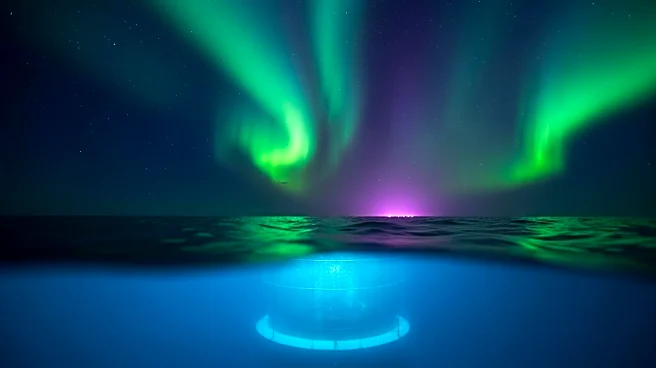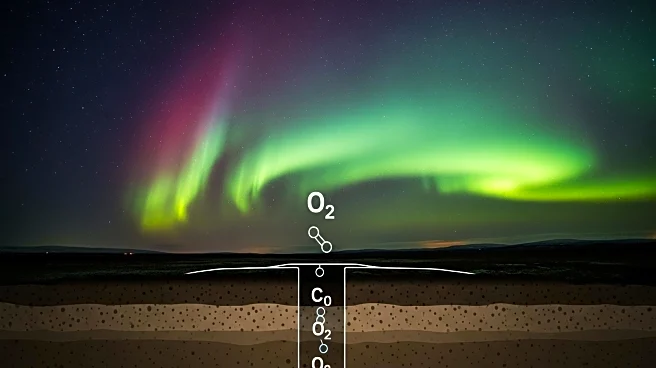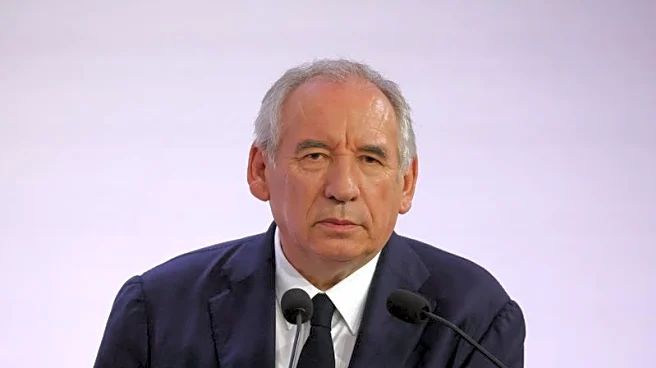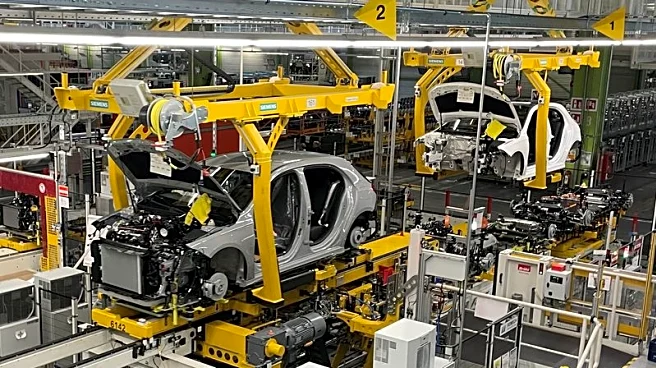What's Happening?
The Northern Lights project has successfully injected its first shipment of carbon dioxide into a subsea reservoir off the coast of Norway. This marks a significant milestone for the project, which is backed by Equinor, TotalEnergies, Shell, and the Norwegian government. The project serves as a key component of Norway's carbon-capture initiatives, providing a storage solution for CO2 emissions from various industries. The current capacity of the project is 1.5 million tonnes per year, with plans to expand to 5 million tonnes by 2028. The expansion will include additional infrastructure such as storage tanks and injection wells.
Why It's Important?
The Northern Lights project represents a major advancement in carbon capture and storage technology, offering a scalable solution for reducing industrial CO2 emissions. By providing a secure storage option for carbon emissions, the project supports global efforts to combat climate change. The expansion plans indicate a commitment to increasing capacity and efficiency, which could have significant implications for industries seeking sustainable practices. The project's success could encourage further investment in carbon capture technologies, potentially influencing environmental policies and industrial practices worldwide.
What's Next?
The Northern Lights project plans to expand its capacity to 5 million tonnes per year by 2028, with additional infrastructure developments. This expansion is expected to enhance the project's ability to serve more industries and increase its impact on reducing carbon emissions. Stakeholders, including the EU, are likely to support these efforts, recognizing the project's potential to contribute to global climate goals. The project's long-term vision includes expanding CO2 transport and storage capacity to 30-50 million tonnes per year by 2035, primarily in Europe and the U.S.












